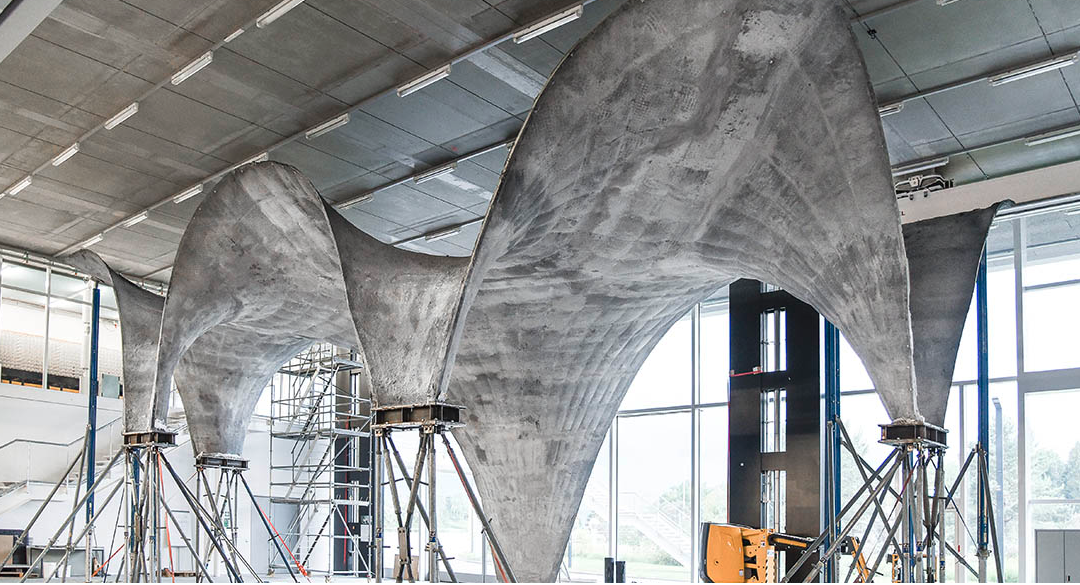WRITTEN BY NATALIE MOSSIN
– SPEAKER AT PRIX BLOXHUB INTERACTIVE SYMPOSIUM 21-22 MAY 2019 – LINK
While many of the alluring ideas of smart city potential remain on the drawing board, digital technologies are already building blocks of livable cities.
We need to engage with new ideas simply because current practice is not sustainable. The UN Sustainable Development Goals sums up the complexity and urgency of social and environmental challenges, and it’s well recognized on all levels of society, from the Queen of Denmark to kids in primary school, that we urgently need change towards more sustainable societies. The build environment interacts with each of the 17 sustainability goals. Buildings, communities and cities are a part of the problem and can certainly be part of the solution – and this must be reflected in how we design, plan and build.
Looking around for drivers and tools for new practice, we have to look to at institutional frameworks, new knowledge and research, new processes and products as well as new culture. We have to look to past technologies, for instance at how local materials like clay, straw and seaweed have been used historically, but also to emerging and future technologies. Enters digital technologies! Digital technologies are evolving fast and furiously, so it makes good sense to look at the potential this offers when trying to address the many sustainability challenges faced by modern cities. We need new practice and here is a mayor engine for new practice, new culture and new knowledge.
The entries to the Prix Bloxhub Interactive prize “to make cities more liveable using digital technology”, shows the vibrancy of the field at a prototyping level. We have more data than ever before, more complex digital tools and technologies, broader access than just a decade ago and outstanding new research. The Prix Bloxhub entries show that architects, planners, engineers, artists, community organizers and many others are exploring how digital technologies can help bring about livable, more equal and more environmentally sensitive cities and communities though ambitious pilot projects, solid small-scale interventions and conceptual experiments. The current effect is still for a large part on the drawing board, but when held together with the everyday place of digital technologies that has seen large scale implementation (such as “Rejsekortet” in Copenhagen or the use of GPS on mobile devises as a dominant wayfinding tool) the potential comes close enough to realization for all of us to stay engaged.
Digital technologies are already building blocks of livable cities, but we must continue to explore how.



